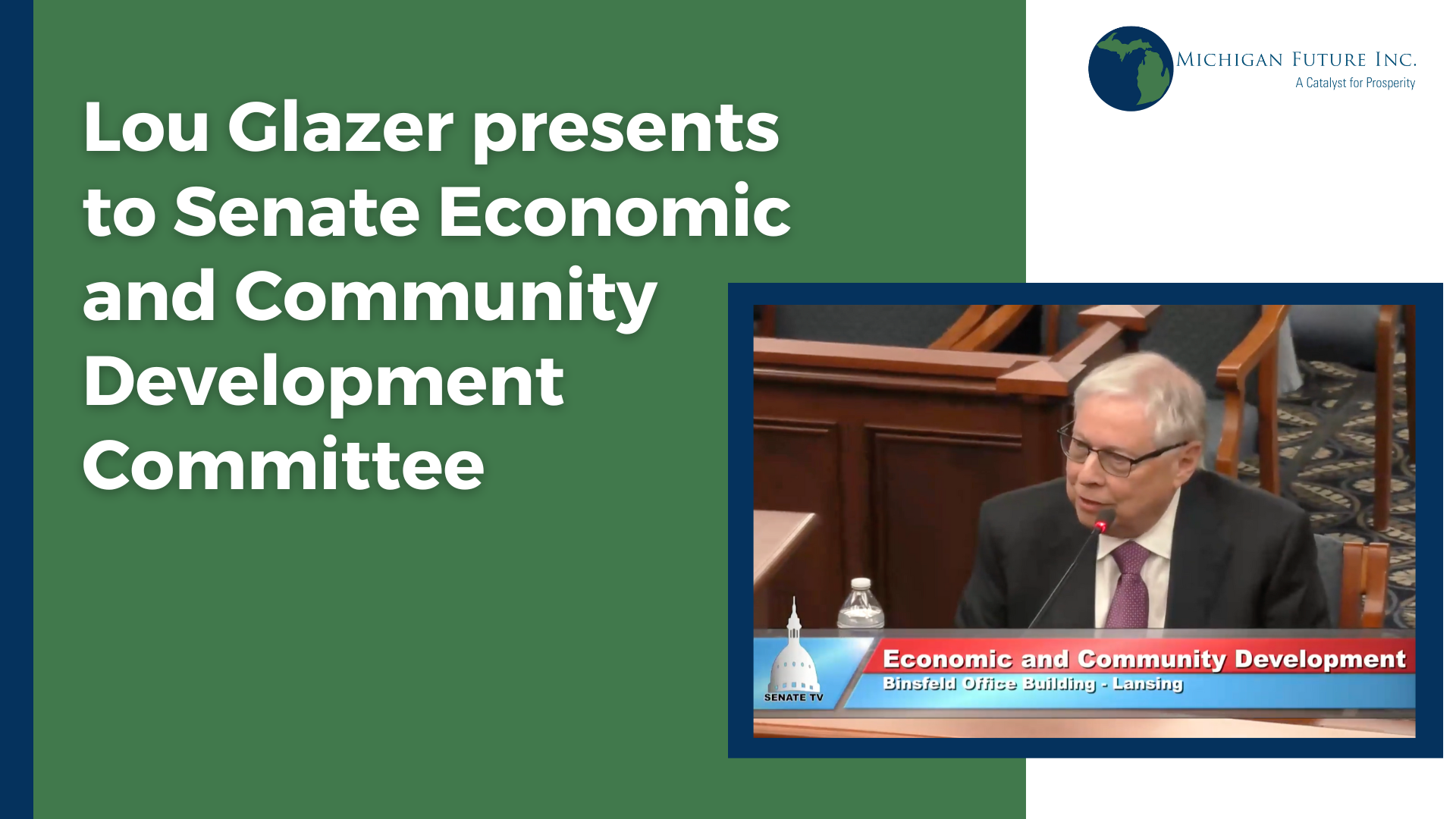In my last post, I argued that we should be spending more on our k-12 schools. And I argued we should do that in order to provide for all students what parents of means make sure are provided for their children: well-paid teachers, small class sizes, broad and engaging curriculum.
But I also mentioned that there’s a significant research base demonstrating the connection between increased school funding and better student outcomes. This stands in stark contrast to the dominant narrative that school funding is disconnected from student outcomes, so I wanted to spend some time exploring some new school funding research, and how the “money doesn’t matter” myth got started in the first place.
First, the myth. The basis for the myth is that while education funding in the aggregate has increased substantially since the early 70s, reading scores on the NAEP exam, the nation’s report card, have been stagnant. These type of general observations are made by politicians on both sides of the aisle, in seemingly every state in the country.
However, these observations have three major faults. First, they fail to control for factors that have naturally caused the cost of providing education to rise, like increasing human capital costs as wages for college-educated workers have increased across the economy.
In addition, these observations focus only on test scores as the outcome-of-interest. However, it’s entirely possible that school funding increases have significant positive impacts on life outcomes without impacting test scores. It’s also worth noting that there’s substantial research demonstrating that high standardized test scores may not be as correlated with later life outcomes as we like to think.
Finally, these observations don’t account for how school-funding increases impact different populations of students differently. One would think that a school-funding increase would have a larger impact on poor student in an under-resourced school than a student who’s already receiving significant resources both at school and at home.
Which is why the results from a recent school funding study from C. Kirabo Jackson, Rucker Johnson, and Claudia Persico are so welcome. Their study, which followed a nationally representative set of students born between 1955 and 1985, through to 2011, addressed the above faults, and that school funding does, indeed, matter.
Rather than observing general increases in school funding, the researchers analyzed “shocks” in school funding – large increases that came about either through legislative action or court orders – and analyzed what effect these shocks had against students that didn’t receive the same funding. They also analyzed the effect school funding had on low-income versus wealthy children, and analyzed long-term outcomes, rather than short-term test scores.
What they found was pretty astounding. Based on their data, if a poor child attends a school that receives a 20% increase in school funding, that is maintained throughout a child’s 12 years of public education, she is likely to complete nearly one additional year of education, earn 25% more as an adult, and is 20 percentage-points less likely to be poor as an adult, compared to students who didn’t receive the same level of funding in either duration or intensity.
As educational interventions go, these are huge effects. The authors write that the size of the effects are large enough to eliminate two-thirds of the gap in these measures of life outcomes between students raised in poor and non-poor families. In other words, more school funding now has a major impact on future economic mobility.
Also interesting is that increased funding ended up having no impact on children from non-poor families, perhaps because their schools were already well-resourced, and/or the positive effects of their home lives were more important than any school effects.
These findings are not only statistically robust, but also have the benefit of making intuitive sense. It makes sense that more resources directed to low-income children, who are generally lacking resources both at school and at home, would produce significant positive outcomes.
It also makes sense that more resources may not cause dramatic improvements in test scores, but could greatly improve life outcomes. If the money is spent to reduce class sizes or hire a school social worker or college counselor, the benefit to students may not show up in test scores, but instead in stronger relationships, a better connection to their school, and more ownership over their education.
Either way, this study delivers a welcome counter to the narrative that money in education doesn’t matter. If we look at the outcomes that really matter and to which students the money goes, we find that money not only matters, but can change students’ lives.







